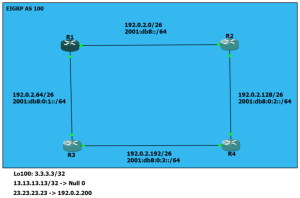On Policy in the Data Center: The solution space
(This post was written by Tim Hinrichs and Scott Lowe with contributions from Martin Casado, Peter Balland, Pierre Ettori, and Dennis Moreau.)
In the first part of this series we described the policy problem: ensuring that the data center obeys the real-world rules and regulations that are pertinent to that data center. In this post, we look at the range of possible solutions by identifying some the key features that are important for any solution to the policy problem. Those key features correspond to the following four questions, which we use to structure our discussion.
- What are the policy sources a policy system must accommodate?
- How do those sources express the desired policy to the system?
- How does the policy system interact with data center services?
- What can the policy system do once it has the policy?
Let’s take a look at each of these questions one at a time.
Policy Sources: The origins of policy
Let’s start by digging deeper into an idea we touched on in the first post when describing the challenge of policy compliance: the sources of policy. While we sometimes talk about there being a single policy for a data center, the reality is Continue reading



